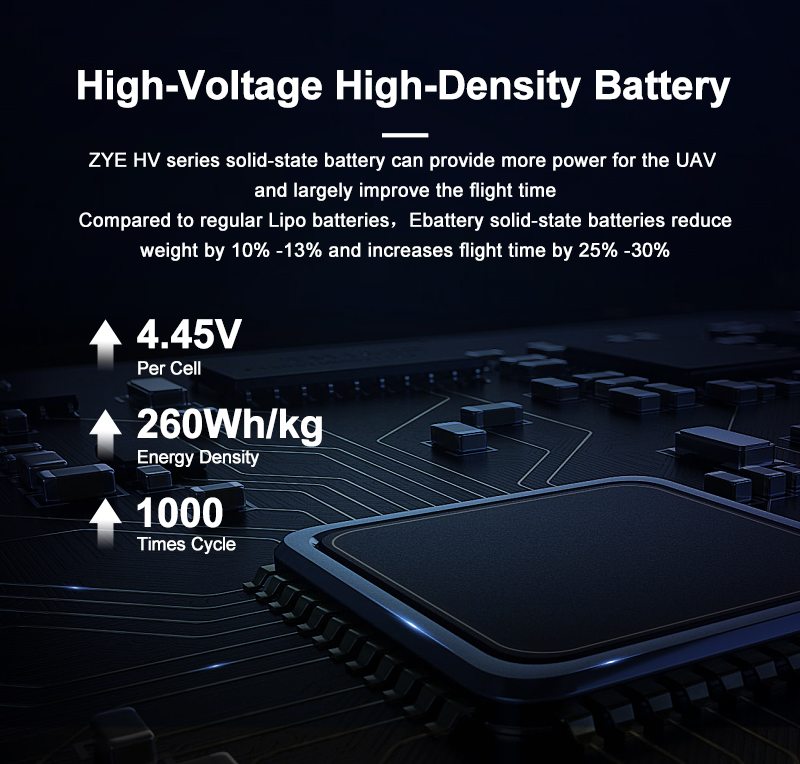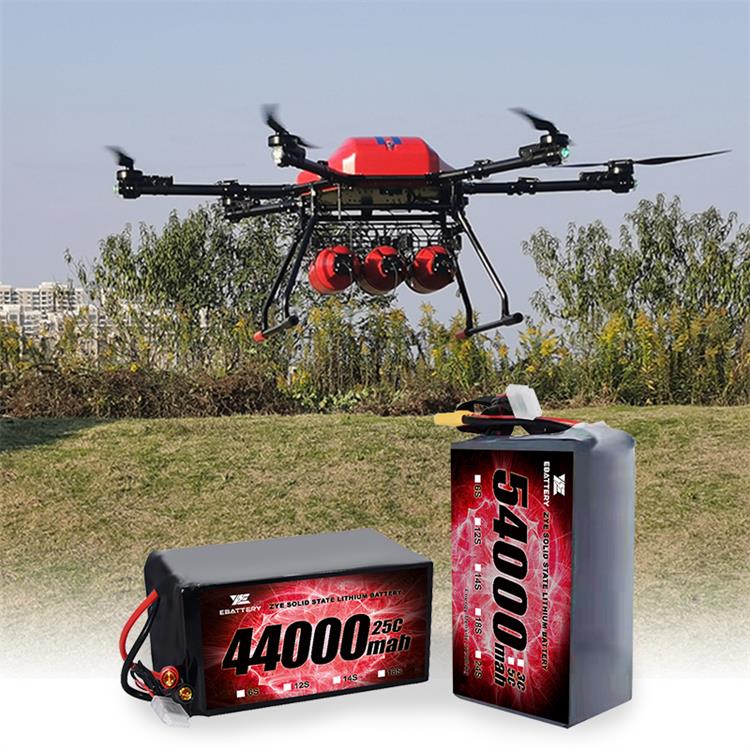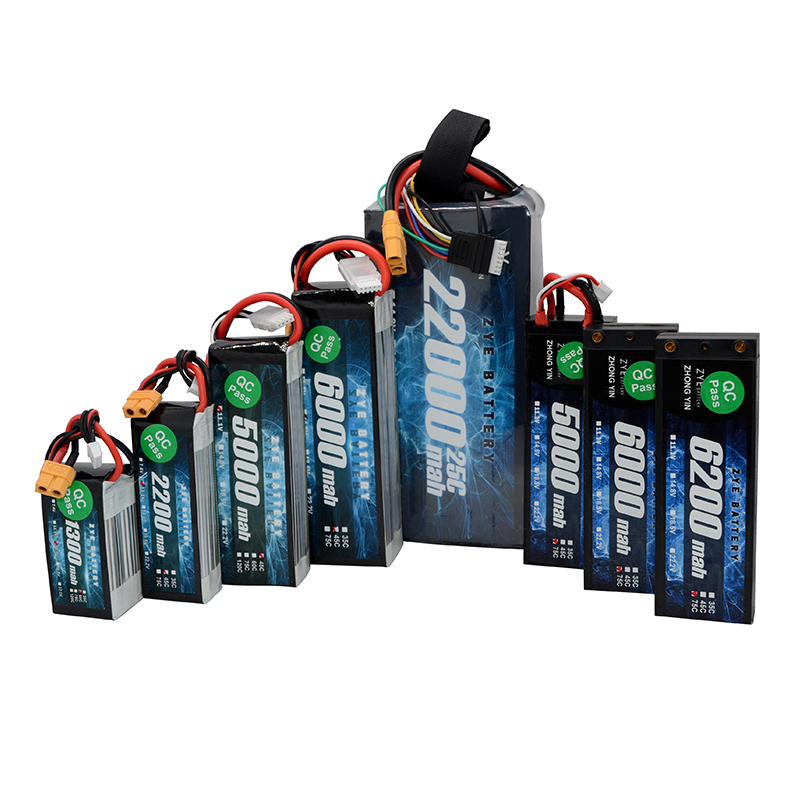How to check drone battery?
2025-08-19
Drones have revolutionized aerial photography, surveillance, and recreational flying. A lipo-battery is its lifeblood—without a properly functioning battery, even the most advanced drone becomes little more than a costly paperweight.
This guide breaks down the key steps to assess your drone battery’s health, charge status, and overall reliability.

Why Checking Your lipo-battery Matters
Before diving into the “how,” it’s important to understand why battery checks are non-negotiable:
1.Safety First: Damaged batteries can overheat, swell, or even catch fire, posing risks to you, bystanders, and your drone.
2.Flight Reliability: A weak or undercharged battery increases the chance of unexpected power loss, leading to crashes or lost drones.
3.Battery Longevity: Regular checks help you identify issues early, extending the lifespan of your battery (and saving you money on replacements).
4.Mission Success: For professional users, knowing your battery’s capacity ensures you can complete tasks—like mapping a construction site or delivering a package—without interruptions.

Signs of a Failing Drone lipo-battery
Recognizing the symptoms of a deteriorating drone battery is essential for safe and efficient operation. Here are some telltale indicators that your battery might be on its last legs:
1. Reduced Flight Time: One of the most noticeable signs of battery degradation is a significant decrease in flight time. If your drone is not flying as long as it once did, despite similar usage conditions, the battery may no longer hold a charge effectively. This is often one of the first indicators of wear and tear on the battery.
2. Swelling or Puffing: Physical changes in the battery's shape, such as swelling or puffing, are a serious concern. A swollen battery indicates that gas has built up inside due to internal damage or chemical reactions. If you notice this, it’s critical to stop using the battery immediately, as it can be a safety hazard.
3. Difficulty Charging: A battery that takes unusually long to charge or fails to reach its full capacity might be on the decline. If the charging process seems inefficient or the battery does not last as long as it used to after charging, this could suggest a decrease in battery health.
4. Unexpected Power Loss: If your drone suddenly loses power or experiences significant dips in voltage while flying, it could be an indication of an issue with the battery. This can lead to dangerous situations, especially if the power loss occurs mid-flight, so it's important to address it promptly.
5. Overheating: Batteries that become excessively hot during use or charging are often showing signs of internal damage or failure. Overheating can pose serious risks, including fire hazards, so if you notice your battery getting hotter than usual, it's essential to discontinue use and replace it as soon as possible.

Test Voltage (For Advanced Users)
Battery health isn’t just about charge percentage—it’s about how evenly cells hold voltage. Most drones use lithium-polymer (LiPo) batteries, which consist of multiple cells (e.g., 3S = 3 cells, 4S = 4 cells). Uneven cell voltages indicate imbalance, reducing capacity and increasing fire risk.
To check cell voltage:
Use a Battery Checker: Affordable LiPo checkers connect to the battery’s balance port and display voltage for each cell. For a 3S battery, healthy cells should read 3.7–4.2V (with minimal variation between cells).
Drone App Data: Smart batteries often share cell voltage in the drone’s app. Look for cells with voltages differing by more than 0.1V—this signals imbalance.
Balance Charge: If cells are imbalanced, use a balance charger to equalize their voltages. Most drone chargers have a “balance charge” mode for this purpose.
If you have any questions about battery care or are looking for high quality lipo battery solutions, please feel free to contact us at coco@zyepower.com. We're here to help you power your projects safely and efficiently.
























































